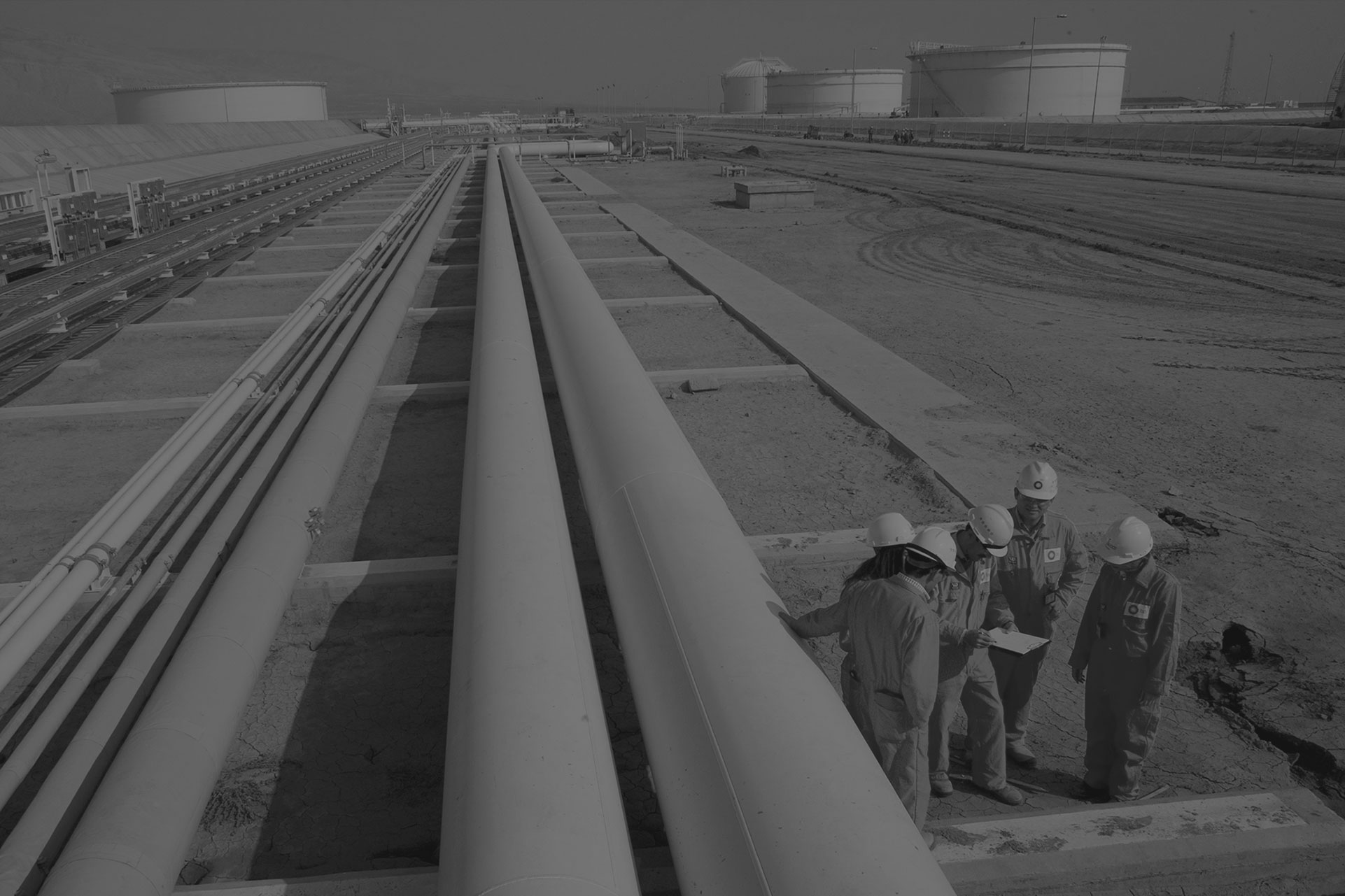

South Caucasus Pipeline (SCP)
Gas Export Pipeline
Overview
The South Caucasus Pipeline (SCP) was built to export Shah Deniz gas from Azerbaijan to Georgia and Turkey. The pipeline starts from the Sangachal terminal near Baku. It follows the route of the Baku-Tbilisi-Ceyhan (BTC) crude oil pipeline through Azerbaijan and Georgia to Turkey, where it is linked to the Turkish gas distribution system. SCP comprises a gas offtake at the Azerbaijan-Georgia border as well, connecting the SCP to the Georgian gas distribution system. SCP was constructed jointly with BTC in order to minimise the environmental and social impact and to achieve capital and operating cost saving synergies. South Caucasus Pipeline Company (SCPC) has been responsible for the construction and operation of the whole pipeline.
So SCP has a dual operatorship with BP as the technical operator being responsible for construction and operation of the SCP facilities and SOCAR Midstream Operations Limited, as commercial operator, is responsible for SCP's business administration.The pipeline has been operational since late 2006 transporting gas to Azerbaijan and Georgia, and starting from July 2007 to Turkey from Shah Deniz Stage 1. In 2015, SCP spent about $47.5 million in operating expenditure and about 1.1 billion in capital expenditure. In 2015, SCP’s daily average throughput was 18.6 million cubic metres of gas per day.
Partners
 BP28.8% BP28.8% |  SOCAR (Azerbaijan SCP)10% SOCAR (Azerbaijan SCP)10% |
 TPAO19% TPAO19% |  PETRONAS15.5% PETRONAS15.5% |
 LukOil10% LukOil10% |  NICO10% NICO10% |
 SGC Midstream6.7% SGC Midstream6.7% |
Technical parametres
The length of SCP is 692 km, the design capacity is 7.4 bcma and the pipeline diameter is 42’’.The SCP facilities comprise: one Compressor Station in Azerbaijan, 11 Block Valve stations (five in Azerbaijan, six in Georgia). The expansion of the South Caucasus Pipeline (SCPX) is part of the Shah Deniz Full Field Development project.
The project started in 2013 and after start of operation in 2018 the pipeline will export up to 23.46 billion cubic meters of gas a year. The project comprises 491km, 48” diameter loop to existing SCP in Azerbaijan and Georgia, three Compressor Stations (one in Azerbaijan, two in Georgia), six Block Valve Stations (5 in Azerbaijan, 1 in Georgia).



